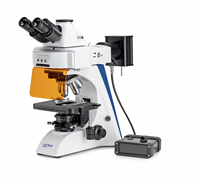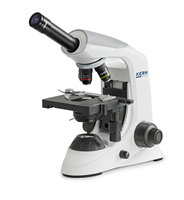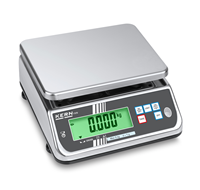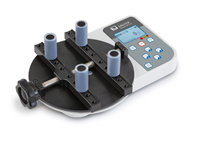Application Search
Please search the application by their name or their segment name or product code.

Transmitted light microscopes
OBN 141
View Public Application

Transmitted light microscopes
OBE 121
View Public Application

Bench scales
FXN 3K-3M
View Public Application

Precision balances
440-45N
View Public Application




